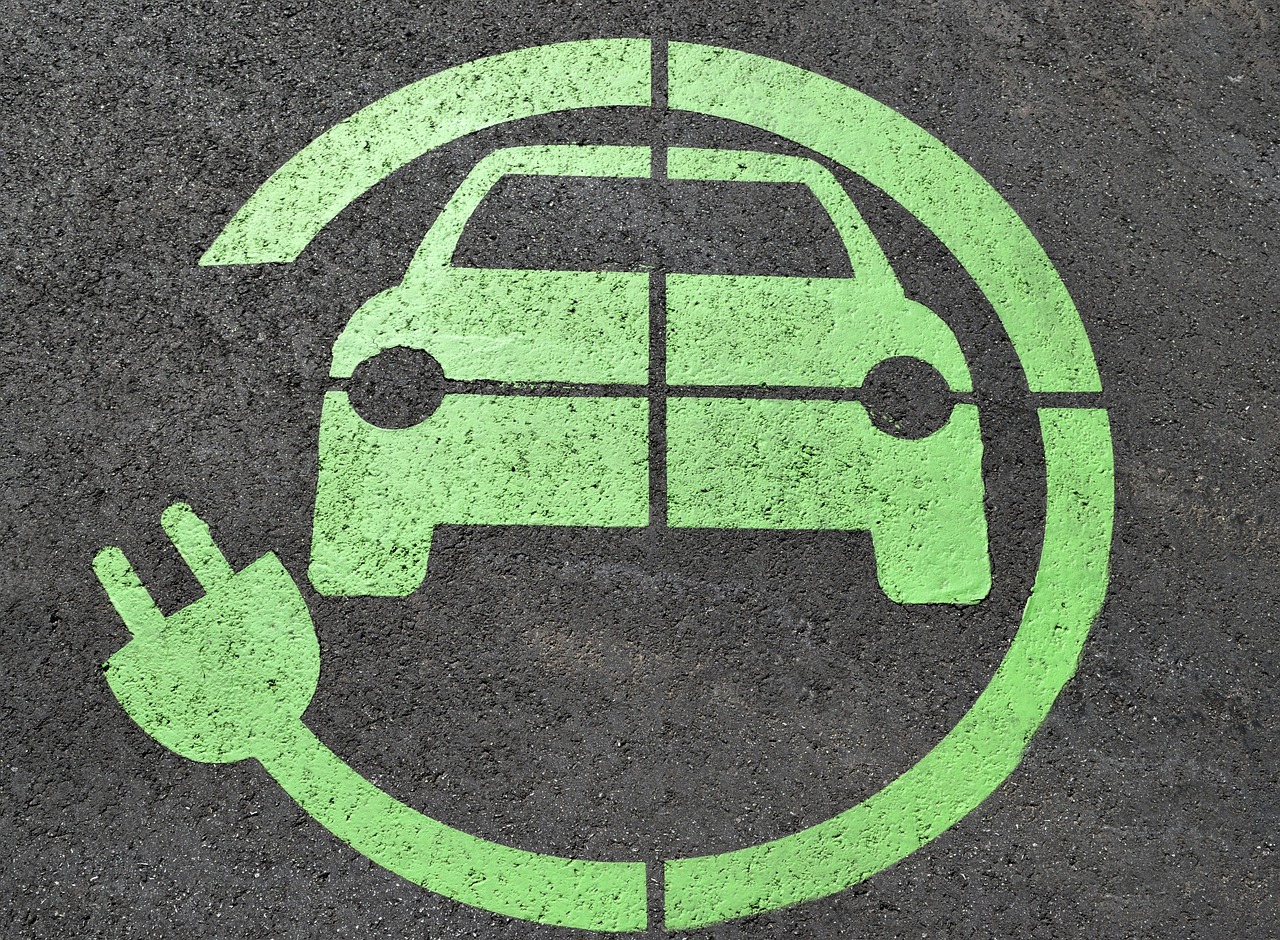Can eco-friendly transportation options alleviate urban congestion?

Transportation systems are the lifeblood of our cities. As urban populations grow, the demand for efficient and sustainable transport options is at an all-time high. Congestion, gas emissions, air pollution, and a decline in air quality are just a few of the challenges we face. So, can eco-friendly transportation options be the solution to alleviate urban congestion? Let’s explore this.
The State of Transportation in Modern Cities
Modern cities are characterized by a heavily congested traffic network. Cars, trucks, and buses fill the streets, often idling in lengthy queues during peak hours. This level of congestion not only wastes fuel but also contributes to the emission of harmful gases and deteriorates air quality.
Topic to read : Discover how the Rome Sightseeing Pass maximizes your budget
Public transit systems, while crucial, often struggle to keep up with the high demand. Overcrowded buses and trains can be a less than ideal travel situation for many people. Moreover, these modes of transportation can also contribute to carbon emissions, although to a lesser extent than private vehicles.
Sustainable transportation could be the key to tackling these issues, but for it to be effective, a shift in public perception and behavior is needed. The concept involves replacing our gas-guzzling cars with greener alternatives such as electric vehicles, active transportation like cycling and walking, or using public transport more effectively.
Have you seen this : Stewartville star: your guide to local news and inspiration
Electric and Natural Gas Vehicles
Electric vehicles (EVs) and natural gas vehicles can significantly reduce the emissions produced by traditional fuel-based cars. EVs produce zero tailpipe emissions, improving air quality and reducing health risks associated with poor air quality. They are also quieter, helping to decrease noise pollution in urban areas.
Natural gas vehicles, on the other hand, emit significantly less harmful gases compared to conventional fuel vehicles. These vehicles use compressed or liquefied natural gas, which burns more cleanly and is more eco-friendly. However, infrastructure for electric and natural gas vehicle charging and refueling stations is a prerequisite for large-scale adoption. Cities need to invest in this infrastructure to encourage residents to switch to these greener options.
Active Transportation and Pedestrian-friendly Infrastructure
Active transportation involves human-powered modes of transportation like walking, cycling, and using scooters. They are not only beneficial for one’s health but also have a significantly smaller environmental impact compared to motorized vehicles.
Today, more cities are recognizing the importance of promoting active transportation. They are investing in pedestrian-friendly infrastructure, including cycling lanes, wider footpaths, and traffic-calming measures. This infrastructure encourages residents to leave their cars at home and opt for healthier and more sustainable modes of transportation, ultimately reducing traffic congestion.
Public Transportation and Carpooling
Public transportation and carpooling are effective ways to minimize the number of vehicles on the road, thereby alleviating traffic congestion. A single bus, for example, can transport dozens of people at once, taking many cars off the road. Similarly, carpooling can dramatically decrease the number of cars during peak hours.
Yet, for public transportation and carpooling to be appealing, they need to be reliable, comfortable, and convenient. Investments should be made in expanding routes, improving services, and integrating different modes of transportation for seamless connectivity.
Conclusion: A Shift Towards Sustainable Transport
Adopting eco-friendly transportation options can undoubtedly alleviate urban congestion to a great extent. Electric and natural gas vehicles can minimize gas emissions, improving air quality. Active transportation and pedestrian-friendly infrastructure can encourage residents to embrace healthier, non-motorized modes of transport. Enhanced public transportation and carpooling can reduce the number of vehicles on the road.
But for this shift towards sustainable transportation to occur, city planners, policymakers, and residents need to work together. Cities must invest in the necessary infrastructure and services, and residents need to adapt their habits and perceptions towards transportation.
In short, sustainable transportation is not just a solution to urban congestion—it’s a step towards healthier, cleaner, and more livable cities. So, let’s embrace it.
